The Battles of Narvik were key events in the early years of World War II. Read on for the full story of the series of naval and land battles in Northern Norway.
Few people without a keen interest in war history know about Narvik. Yet the small town in northern Norway played a major role in the early months of World War II.
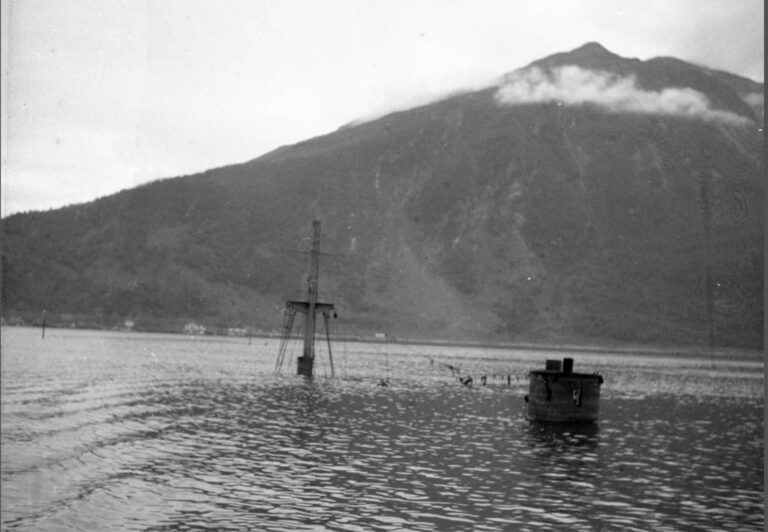
During World War II in Norway, German forces occupied the country from their invasion on 9 April 1940 through to 8 May 1945. There are many famous stories of resistance from the occupation.
There was the informal transport system between Scotland and the west cost known as the Shetland Bus. Perhaps most notably, the story of the Heavy Water War was made into the hit 1965 movie The Heroes of Telemark. But not all stories are as well known.
Introducing The Battles of Narvik
Two naval battles just days apart were fought in the Ofotfjord between the British and German navies, before a two-month land campaign took place. The naval defeats are widely called Hitler's first defeat of World War II.
However, the German forces did eventually prevail because of the Allied forces' evacuation from Norway a few months later following the Battle of France.
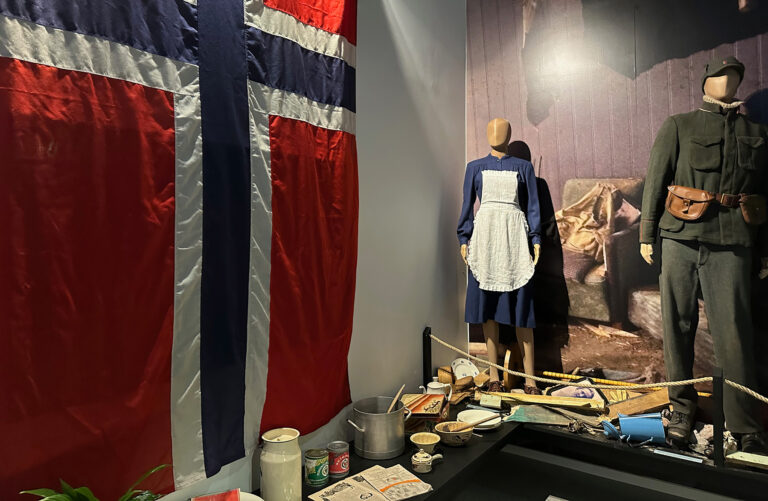
Now that a film depicting the events of April 1940 has been released, more people than ever before are asking questions about the Battles of Narvik.
Discovering Narvik's war history
On a recent Fred Olsen winter cruise to Northern Norway, I had a few hours to spare in Narvik. I joined an excursion called “Narvik War History” to learn more about the town's war history and in particular the famous battles.
The excursion included a visit to the Narvik war museum and the war cemetery, together with a bus tour of the town including commentary from the knowledgeable local guide.
My first impression of the museum was that it was quite small, and I couldn't work out why we'd been given two hours to explore. But there are several levels and the museum is actually much bigger than you first expect.
The museum does a fantastic job of telling the story through real objects and some emotional stories told on film.
Following the visit to the museum, we rejoined the bus and took another tour through Narvik before arriving at the war cemetery.
Helped by the deep indigo light of blue hour, Narvik's war cemetery was a poignant place especially after hearing so many personal stories and details in the museum.
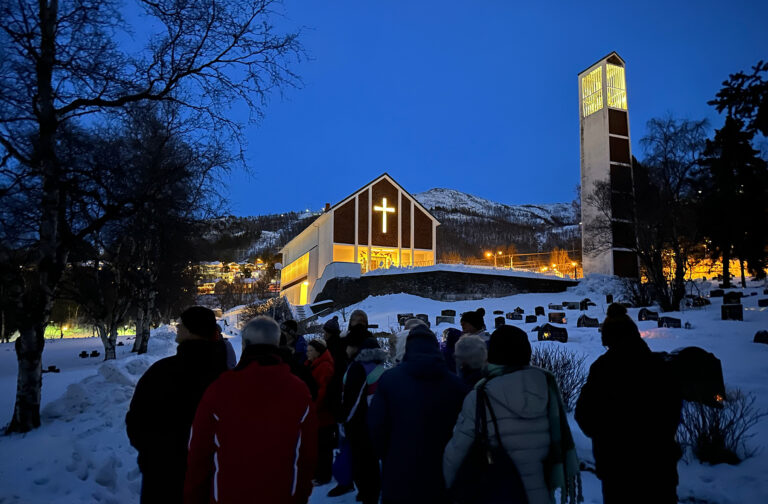
Many people stayed quiet throughout the visit. One of our group proposed a minute's silence, which was observed by all.
Why was Narvik so important?
If you've ever been to Narvik, you can't miss the railway. It splits the town in two and has driven the town's economy for more than 100 years. The reason? Iron ore.
Sweden's ‘Iron Ore Line' from Luleå to Kiruna was extended all the way into Norway in 1903 because of the ice-free harbour in Narvik. Since then, more than one billion tons of iron ore has been transported on the railway to Narvik. From there, it is shipped to its final destination.
On the bus tour of Narvik, it soon became apparent how important the railway was. You could clearly see how the town has grew around the railway line and port.
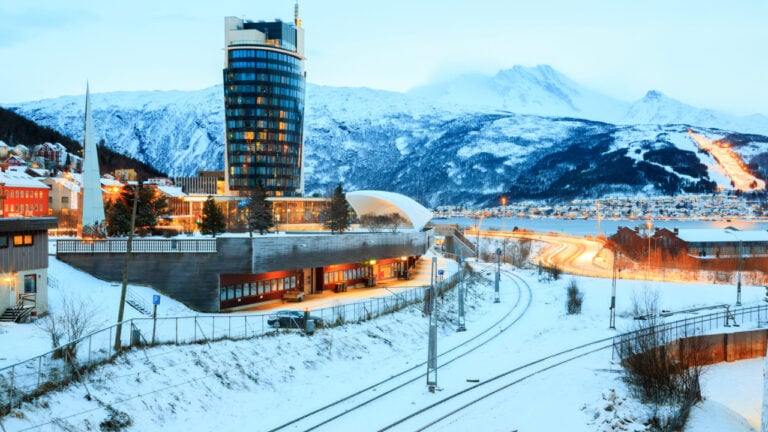
Why did this become so relevant in the war? Both sides had an interest in securing the iron ore supply for themselves, and just as important, denying it to the enemy.
The long coastline of Norway would also provide ample opportunities for launching attacks against Great Britain. So just weeks into the war, the stage was set for an important set of battles.
It was a surprise to many locals, however. Even after Hitler's invasion of Poland, few believed he would have any interest in Norway, and much less a small city in the north.
Operation Weserübung: The occupation begins
Following a meeting with Vidkun Quisling, Hitler became concerned about the threat posed by the Allies to Sweden's iron ore supply, on which Germany was dependent. He began to plan for an invasion of Denmark and Norway.
On 9th April, German Kriegsmarine ships sailed north ostensibly as a preventive manoeuvre against a planned French-British occupation of Norway. Narvik was one of several landing sites during the operation, alongside the likes of Oslo, Bergen and Trondheim.
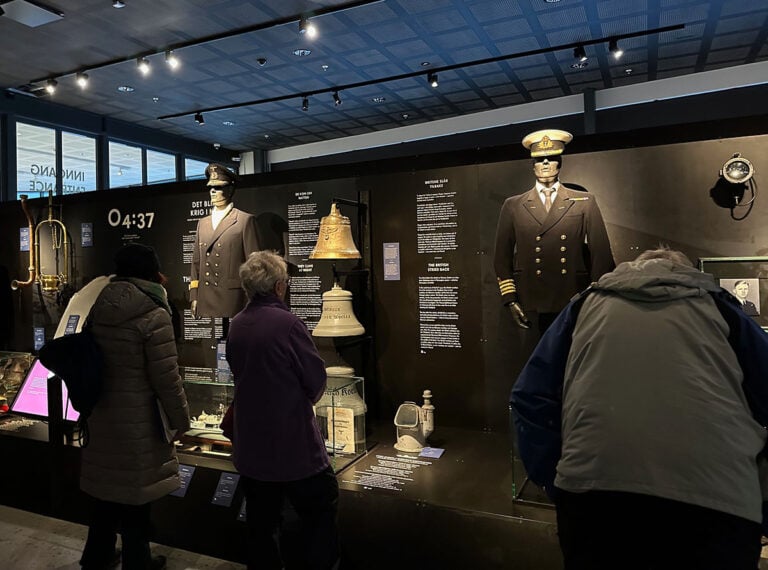
Two battleships, ten destroyers and a few thousand Austrian mountain infantry set course for Narvik. Norwegian coastal defence ships Norge and Eidsvold were not fully prepared for action and were defeated. Both were sunk, with a great loss of life.
The first naval battle of Narvik
The following day, the British Navy took an opportunity to attack while two German destroyers were being refuelled early in the morning.
In total, eleven merchant ships (six German, one British, two Swedish and two Norwegian) were sunk during the operation. Many Brits had a lucky escape, however. As the destroyers left the Vestfjord, two German submarines fired torpedos but none of them found their target.
The second naval battle of Narvik
Just days later, the British navy chose to double-down on their efforts in Narvik and dealt one of the biggest blows to German forces in the early years of the war. A battleship, nine destroyers and many other vessels and aircraft arrived in Narvik to find German forces struggling for supplies.
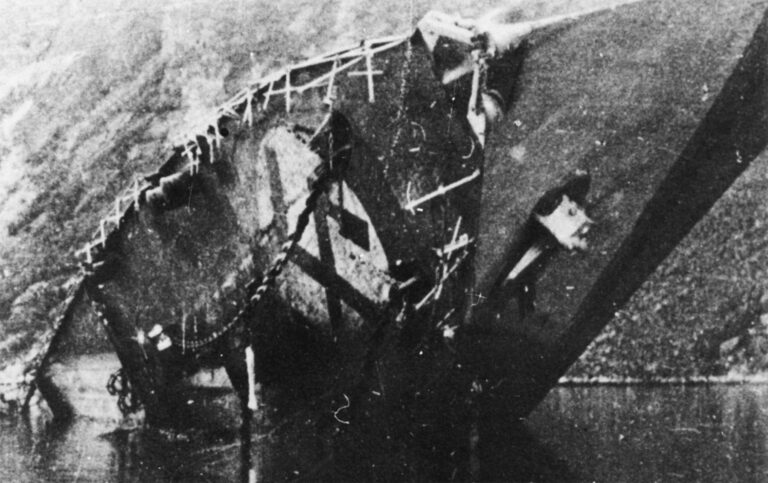
In the resulting battle, the Germans lost over 1,000 men, a U-boat, and eight destroyers. Over the two naval bottles, the Kriegsmarine was severely depleted.
Many German marines were rescued and equipped with the uniforms of the Norwegian forces that were killed during the battles. Naval warfare did continue in Narvik including the sinking of a Polish destroyer by German aircraft the following month.
The land battles of Narvik
Narvik and the surrounding mountains saw significant fighting during the early months of the war. Initially outnumbered, German forces were boosted by a few thousand sailors following defeat in the second sea battle.
At its height, the Norwegian and Allied forces (including British, Polish and French troops) numbered the Germans by almost four-to-one. Both sides suffered–Germany from supply difficulties and the Allies from coordination difficulties–but eventually the greater numbers made the difference.
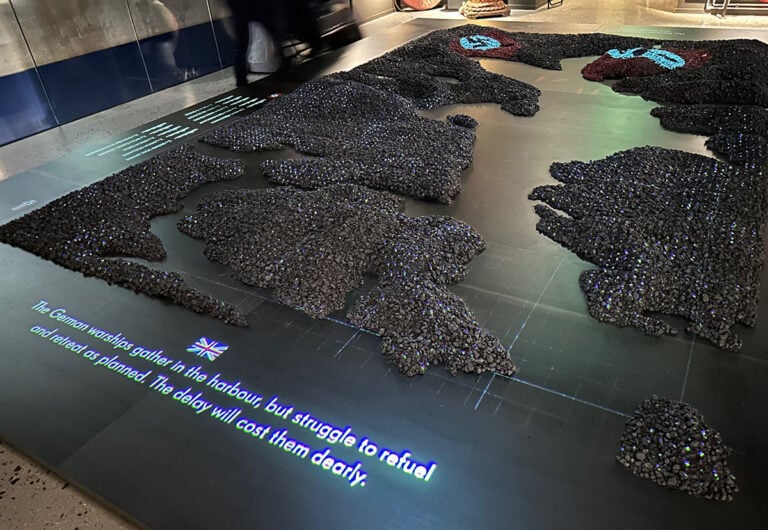
As they withdrew from Narvik, German troops destroyed much of the harbour.
Norway's occupation continues
However, Narvik would remain in German hands. Despite positive results in Narvik, the situation in France was critical and Allied numbers were needed there.
Operation Alphabet saw the coordinated withdrawal of Allied troops from Norway over a period of four days. German troops returned to Narvik as the occupation of Norway was completed. It would go on to last for almost five years.
Nevertheless, the damage done to German equipment and morale in Narvik was considered significant.
How to visit Narvik war museum
I highly recommend a visit to the museum for anyone with a few hours to spare in Narvik. My interest in war history is fairly mild but nevertheless I was fascinated by the stories and perspectives.
I visited the museum as part of an organised excursion by Fred Olsen Cruise Lines, which included a knowledgeable local guide. The excursion also included a bus tour of Narvik and a visit to the war cemetery.
Of course, it's also possible to visit the museum independently. It's about 1km from the cruise ship port, uphill some of the way. At the time of writing, museum entrance costs NOK 130. The war cemetery is farther uphill, a total of about 2.5km from the port.

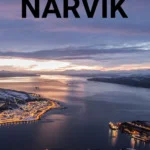

A tragic loss of life during WW11 in Norway occured a few hundred yards from my father’s ancestral home in Alstahaug. Namely, the German prisoner ship Rigal.
The story is not often discussed even though it was one of largest ship tragedies in history.